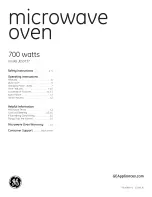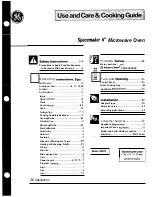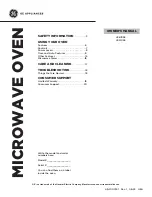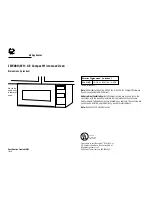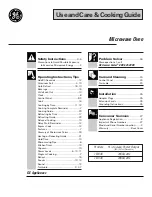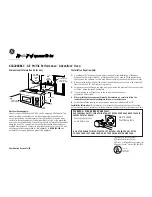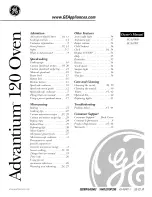
General notes
65
This section contains general
information. You will find more detailed
information about particular foods and
how to cook them in the other sections.
The advantages of cooking
with steam
Almost all vitamins and minerals are
retained as the food is not immersed in
water.
Cooking with steam also retains the
true taste of the food better than
conventional cooking. We therefore
recommend seasoning the food after it
has been cooked. Food also retains its
fresh, original colour.
Suitable containers
Cooking containers
Stainless steel cooking containers are
provided with the steam oven. Other
containers, in a variety of sizes, both
perforated and solid, are available as
optional extras (see “Optional
accessories”). This enables you to
choose the most suitable container for
the meal you are preparing.
Use perforated cooking containers for
steam cooking
if possible. The steam
can reach the food from all sides and
the food is cooked evenly.
Your own containers
You can also use your own containers.
However, please note the following:
– Containers must be suitable for use
in an oven and able to withstand
steam. With plastic containers,
please check with the manufacturer
that they are suitable for use in a
steam oven.
– Thick-sided containers such as
porcelain, ceramic or stoneware are
not very suitable for using with
steam. Due to their thick sides, they
do not conduct heat well, meaning
cooking durations will be
considerably longer than those given
in the charts.
– Place the containers on the rack or
on a suitable tray. Depending on the
size of the container, you can also
place the rack on the floor of the
oven compartment with the rack
surface facing up and the cooking
container on top. You can also take
the side runners out to make more
room (see “Cleaning the side
runners” in the “Cleaning and care”
chapter).
– Ensure that there is a gap between
the upper rim of the container and
the top of the oven compartment to
allow sufficient steam into the
container.































